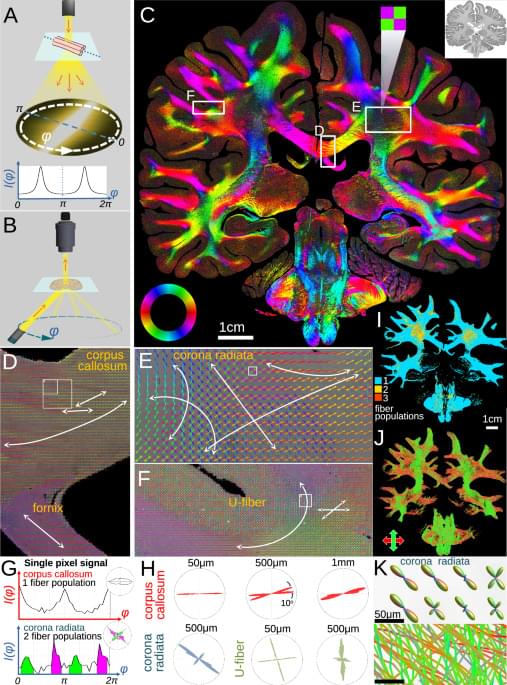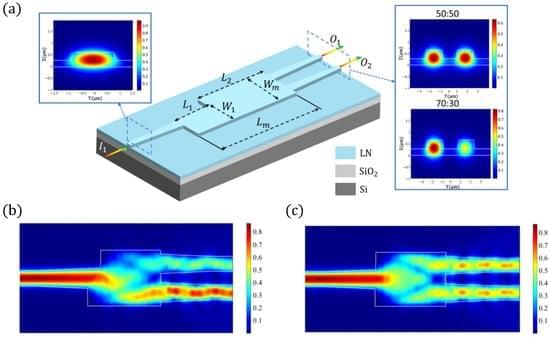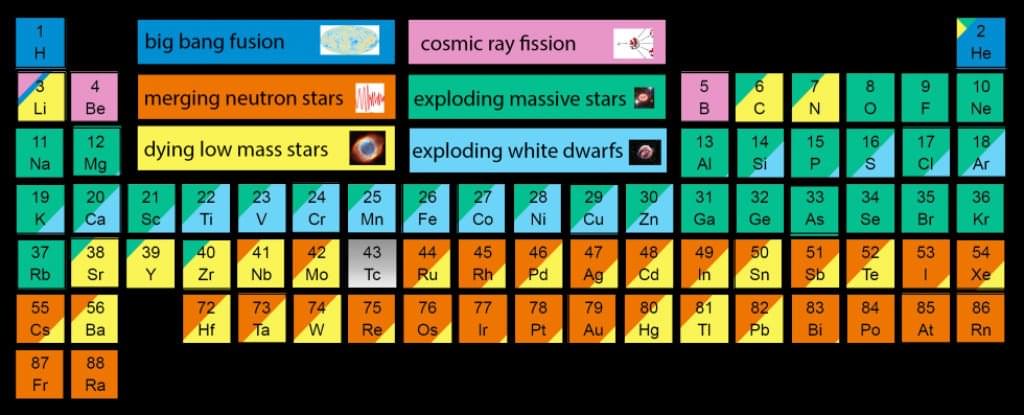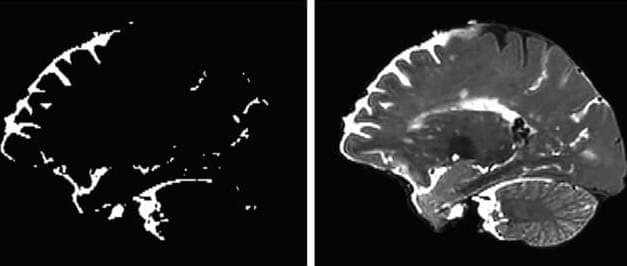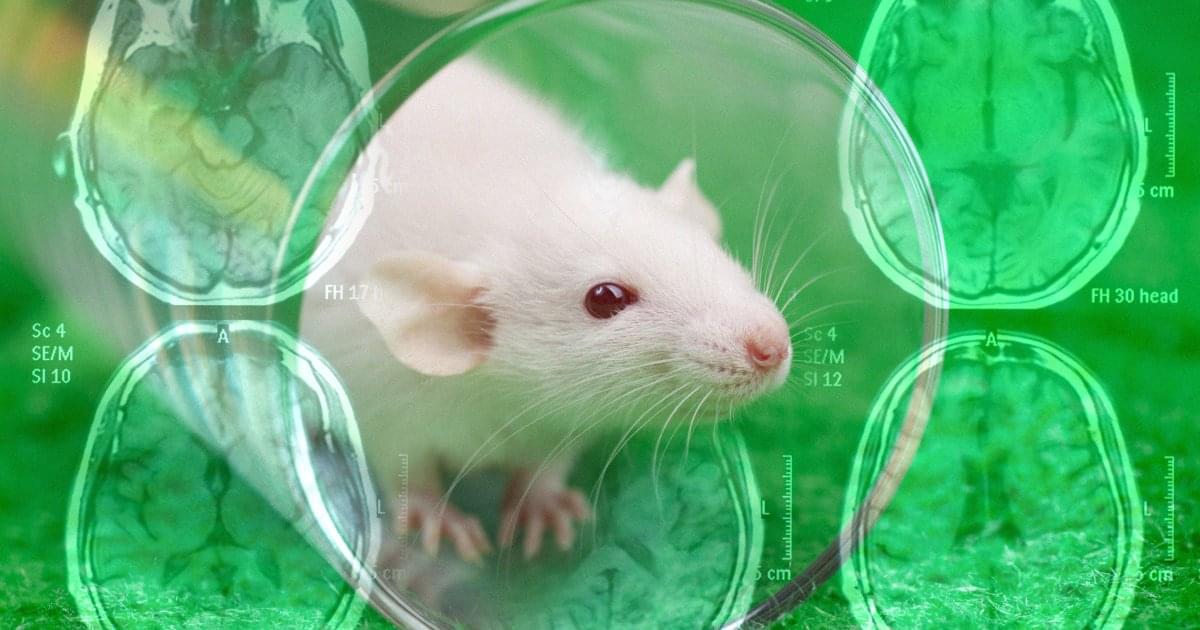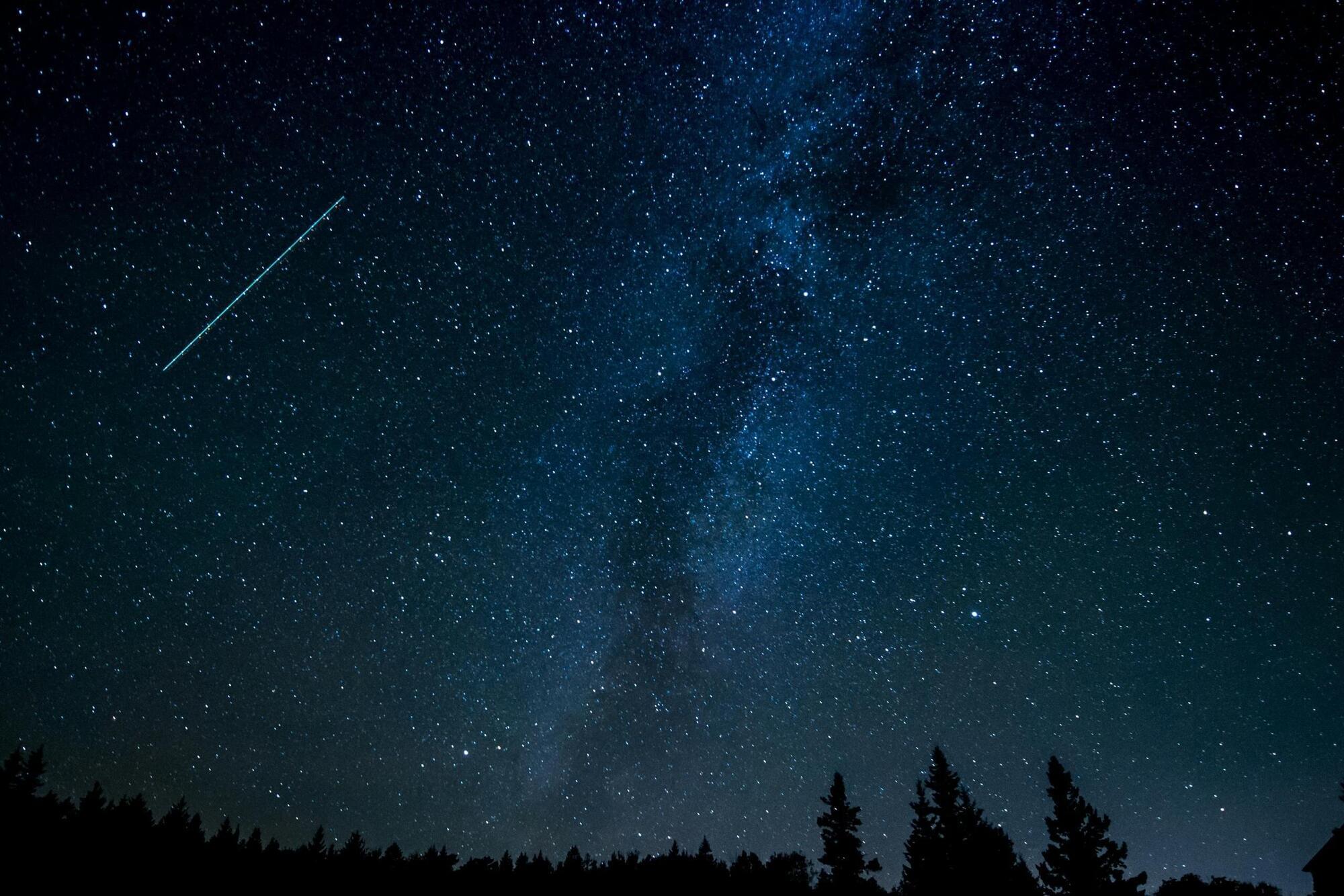To understand brain diseases, neuroscientists try to understand the intricate maze of nerve fibers in our brains. For analysis under a microscope, brain tissue is often immersed in paraffin wax to create high-quality slices. But until now, it has been impossible to precisely trace the densely packed nerves in these slices. Researchers from Delft, Stanford, Jülich, and Rotterdam have achieved a milestone: using the ComSLI technique, they can now map the fibers in any tissue sample with micrometer precision. The research is published in Nature Communications.
Micron-resolution fiber mapping in histology independent of sample preparation.
Georgiadis and colleagues conduct micron-resolution fibre mapping on multiple histological tissue sections. Their light-scattering technique works across different sample preparations and tissue types, including formalin-fixed paraffin-embedded brain sections.
